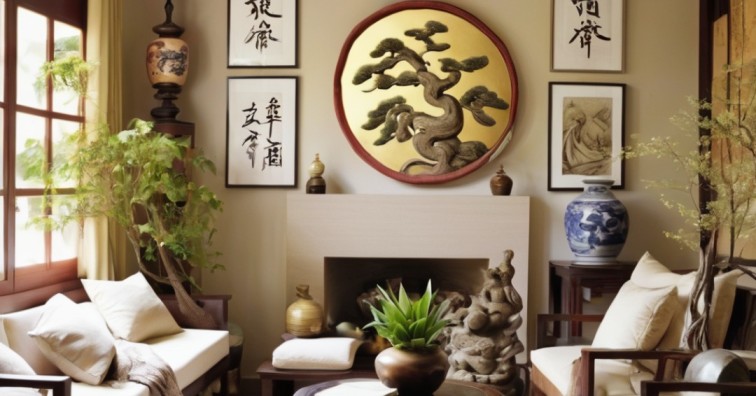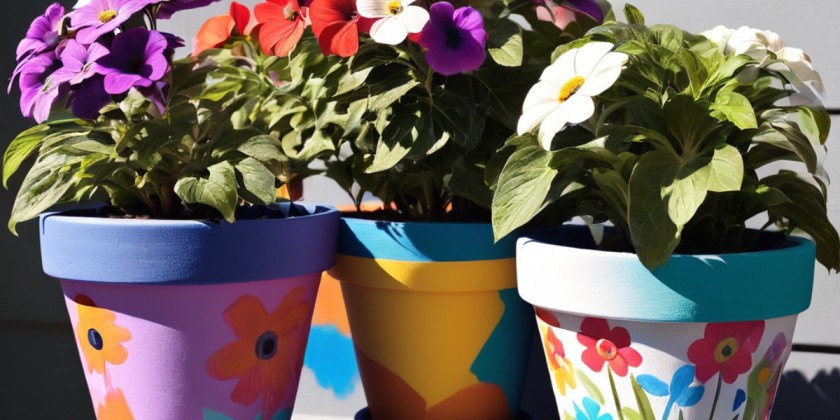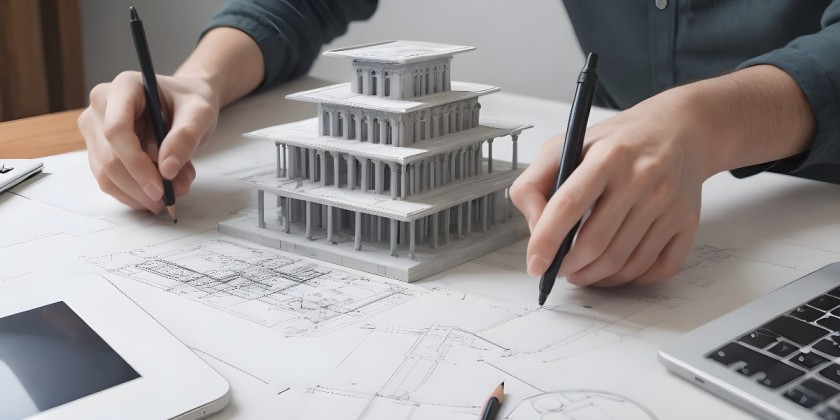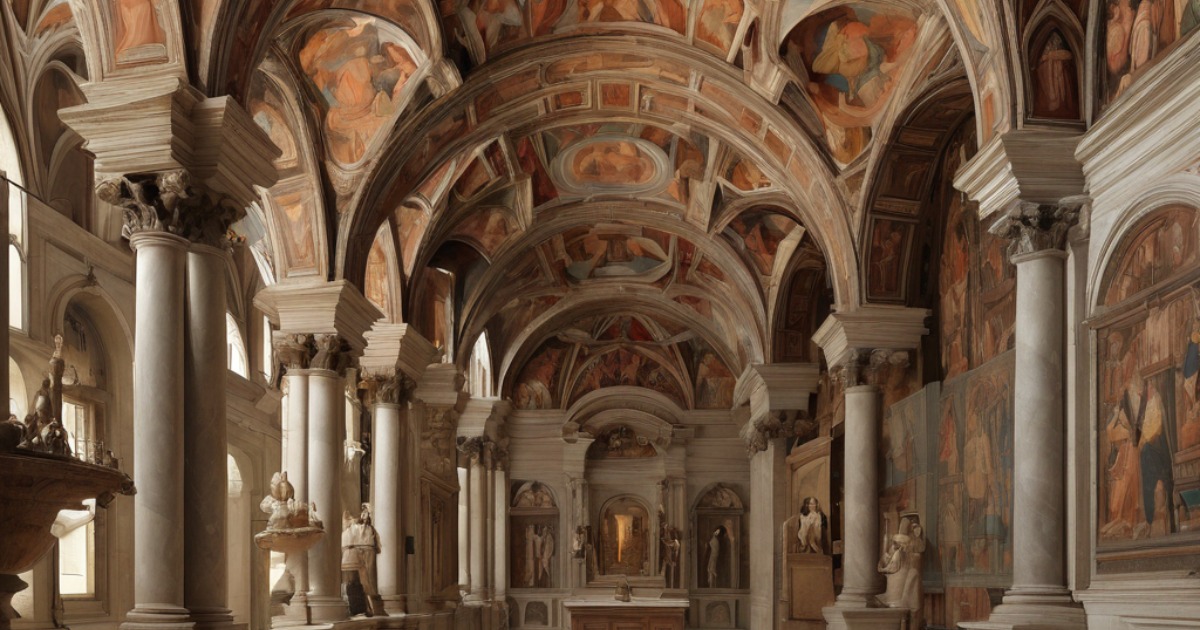Have you ever thought of decorating your boring enclosures around the house? A lovely Types of fences design reflects your keen eye for aesthetics inside and outside your home! Fence walls are now being used to highlight landscapes rather than to mark boundaries.
A fence is necessary for any property because it provides security, privacy, and aesthetic appeal. There are many types of fences in the market, from classic to contemporary designs. The most common materials used to construct fences include bricks, stones, wood, aluminum, iron, vinyl, GI wires, etc. Each of these materials has distinct features, such as durability, maintenance needs, and cost-effectiveness.
Selecting the right fence for your property can be difficult. With so many options available, choosing the correct fence for your property may take time and effort. Purpose, budget, upkeep, and local legislation must all be addressed. Understanding the different types of fencing and their qualities, you can decide to pick a fence that matches your needs and tastes.
This article will look at the 10 types of fences that are available.
15 types of fences
Fences come in various styles that serve multiple functions, from providing security and privacy to improving aesthetic appeal. Whether you’re looking for a classic picket fence, a sturdy chain-link fence, a rustic wooden fence, or a modern aluminum fence, numerous choices of fencing types are available.
Brick Wall Fence
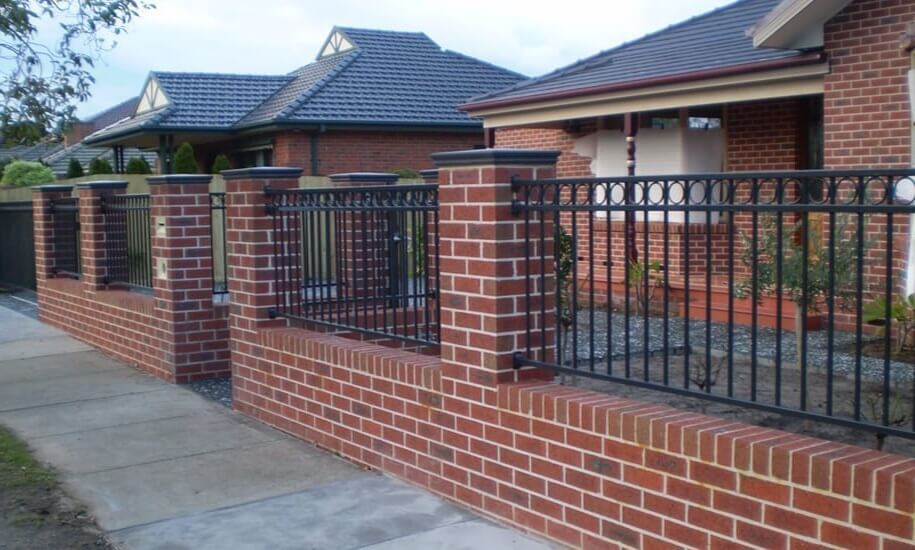
For years, people have used brick wall fences to provide privacy, offer security, and add style to a property. Many homes, offices, companies, and other buildings have brick wall fences.
These forms of fence are highly sturdy, strong, and long-lasting, adding style and sophistication to the fencing that other materials cannot.
A brick wall fence helps to muffle sounds from busy roadways, making it an excellent choice for a privacy fence if you live near a busy road.
Electrified Types of Fences

An electric fence is often made of thin steel or aluminum. When it comes into contact with trespassers in restricted locations, it shocks them.
Electrified fences are usually used in agriculture and offer just enough power to make the person touching them unpleasant.
Aluminum Types of Fences
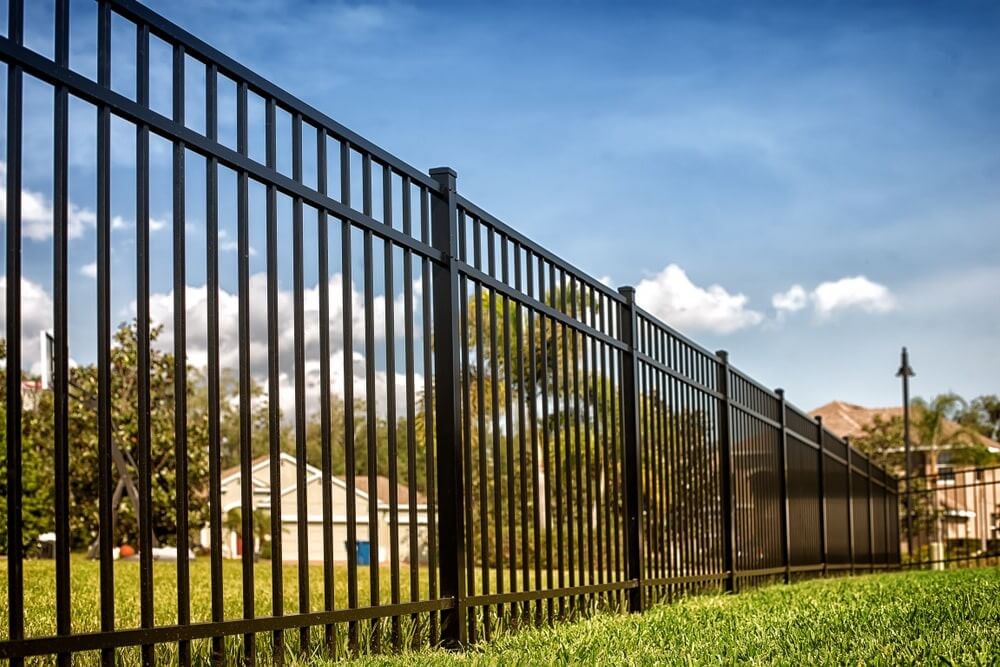
Aluminum fence is commonly used in commercial settings because of its strength. Aluminum takes less maintenance and is simple to clean. Aluminum fence has a higher initial cost than other materials, although it is generally low-maintenance and quick to build.
Because aluminum is so lightweight, it bends readily from touch or even high winds; it does not give the same strength and security as other fence kinds.
Wooden Fence

A wooden fence is an excellent enhancement to any home. A wooden fence provides privacy, safety, and sound reduction. It is also visually appealing.
The average lifespan of the wooden type of fencing material ranges from 10 to 30 years, depending on installation quality, wood types of fences, and maintenance. Pine, cedar, and redwood are among the most popular woods used for wooden fences.
Apply a water-proof solution to protect a wooden fence from moisture and extremely low or high temperatures.
Iron Types of Fences

Iron fence is most commonly used to create a one-of-a-kind and personalized solution. Because this material is heavy and pliable, it provides excellent personalization. When used for a fence, it also needs extensive care.
The iron or steel material requires frequent care, including repainting every two to three years, and is prone to rusting and corrosion.
Chain-link Types of Fences

Chain-link fencing type is commonly used in building projects and industries owing to its low cost and ease of maintenance. This fencing installation is quick and straightforward. These fences are appropriate for a variety of applications or purposes.
A chain-link fence is simple to install when creating a border between two locations and takes up less area.
Masonry Fence
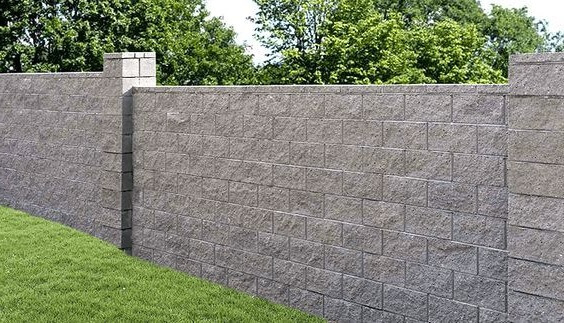
A masonry fence is a privacy fence made of bricks, concrete blocks, or natural stones. Building this fence design may be costly because the materials are expensive and professional installation is required.
Masonry fence construction involves covering individual pieces (bricks, blocks, or stones) with mortar to produce a continuous, solid wall. The blocks or stones are stacked and joined to form a strong, long-lasting barrier.
Bamboo Fence

Bamboo fences can be bought in rolls or panels on the market. A bamboo fence is ideal for covering an existing wall, wooden panel, or mesh panel. Bamboo fencing is perfect as fence panels and barriers to increase seclusion between two houses or gardens.
Using bamboo sticks with other materials often has a distinctive and modern aesthetic. Bamboo sticks and rolls are linked with steel wire for erecting bamboo fencing; they are very rapid and easy to install.
Slatted Panel Types of Fences

A slatted panel fence is made of horizontal slats joined to a frame—a modern picket fence constructed of wood, plastic, metal, or composite materials.
Because the slates may be tightly packed together, slatted panel fences provide excellent seclusion. However, because pickets are more difficult to climb, traditional picket fences offer superior security.
Barbed Wire Types of Fences

Steel barbed wire fences are most commonly used to keep animals and livestock away from the house.
This type of fencing is a rolled and twisted wire that differs from a standard galvanized wire in that its strands are twined together rather than interlaced.
Barbs are connected at regular intervals throughout the length of the barbed wire. Animals and intruders are discouraged from cutting through the barbed wire by sharp barbs that might hurt or cause discomfort.
Gabion Types of Fences

A gabion fence comprises wire mesh containers packed with stones or other materials. The “gabion” is the wire cage or basket that holds the fill material. It is made of galvanized steel or other corrosion-resistant materials to guarantee lifespan.
Gabion fence fill materials include granite, limestone, or natural river boulders. In other situations, the material fill consists of reclaimed concrete or glass. Infilling the gabions gives the fence solidity and structural integrity.
Vinyl-coated Wire Fencing

Vinyl-coated wire fences come in primary colors such as black or green. This type of wire fencing has a vinyl covering applied to it after welding and weaving. A vinyl-coated fence looks excellent and lasts long since the galvanized coating and vinyl protect the wire.
This fencing type is used to contain pets in yards or to safeguard children around playgrounds and pools. Vinyl-coated wire fence is also used to manufacture animal and lobster cages.
Scalloped Types of Fences

A scalloped or concave fence has a curved or arched top that runs the length of the wall. Pre-assembled panels and vertical poles make scalloped fences.
The panels are composed of wood, vinyl, or metal, while the supports are made of wood, metal, or a combination of materials. The panels are screwed, nailed, or bracketed to the poles for stability and security.
Living Types of Fences
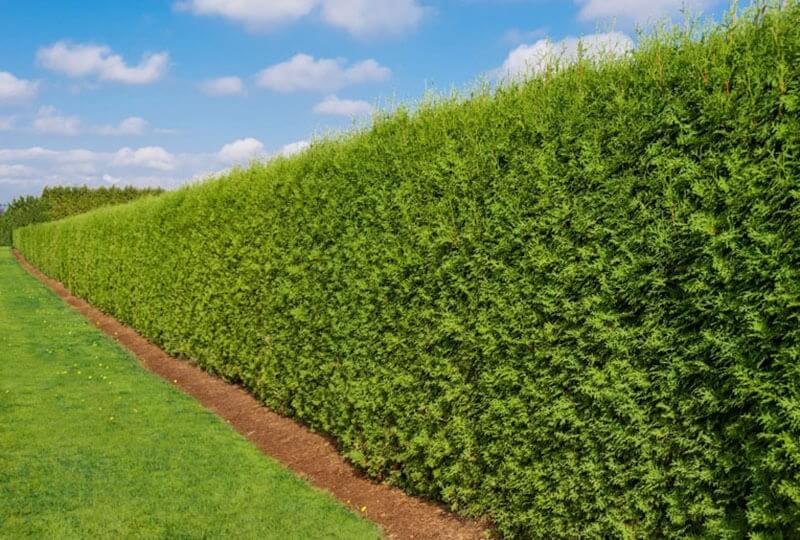
Planting shrubs and trees regularly creates a continuous screen known as a living fence.
This fence serves the functions of a compound wall by providing wind protection and privacy and forming a backdrop screen for a flower garden, vegetable garden, and so on.
This barbed wire fence is less expensive than a boundary wall and, if well maintained, looks nicer.
Picket Types of Fencing

A picket fence is a classic yard fencing standard in suburban and rural areas. It comprises a succession of vertical boards that are equally spaced and attached to horizontal rails. Picket fences are usually short, ranging from 3 to 4 feet tall.
The low height creates an open, friendly atmosphere while establishing a defined limit. When designing a beautiful yard, most homeowners choose white picket fences. Consider installing this fence around your cottage-style home or the front yard.
Wrapping It Up
Fences are more than just practical installations; they’re an extension of your property’s personality. Whether you’re seeking the timeless charm of a wooden picket fence, the elegance of wrought iron, or the modern appeal of horizontal slats, the world of fencing offers an abundance of choices. Each type of fence brings its own character and benefits to your property, enhancing both its functionality and aesthetics. So, explore the options, consider your needs and preferences, and choose the fence that best captures the essence of your outdoor space.








